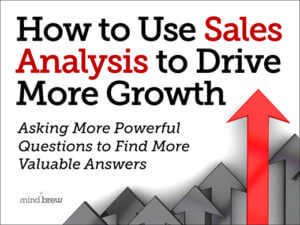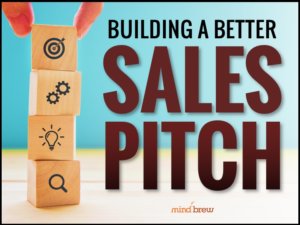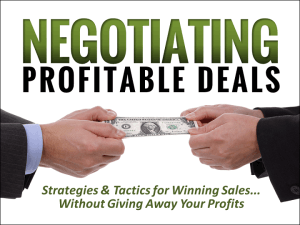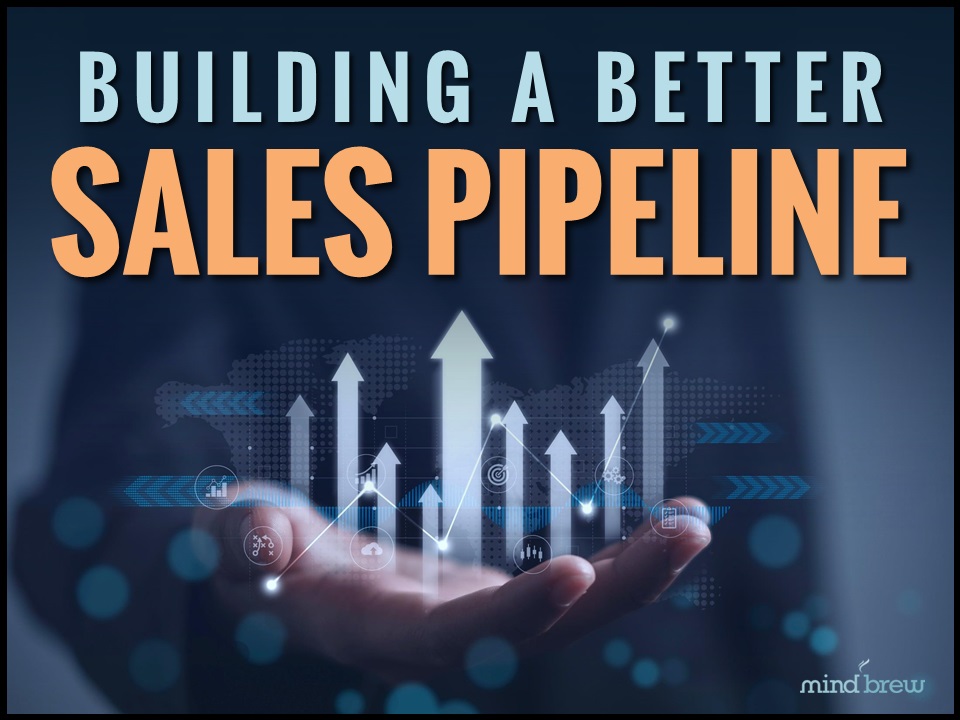Sometimes people ask us what a good sales segmentation model looks like.
That question is almost impossible to answer without knowing some details about your particular needs and why you are building a segmentation model.
You see, asking what a good segmentation model looks like is a little like asking what a good map looks like. Most of the time, when I’m driving around town, the map app on my phone serves my needs very well. It shows me where all the streets are and even gives me directions from point A to point B. For the purpose of driving, it’s a good map.
But when I’m hiking in the woods, that kind of street map does me no good at all. On a hike, the map on my phone sometimes looks like this:

I don’t know about you, but that kind of map isn’t going to help me find my way out of the woods. For hiking, a topographical map like the one below would be a lot more useful.
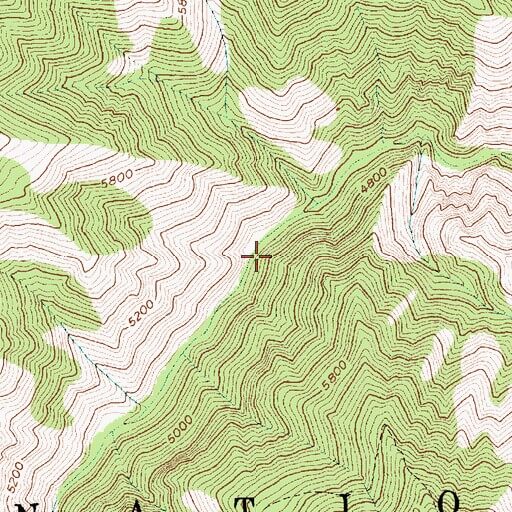
But if I were flying in a plane, I would need a completely different kind map. And sailing in a boat across the ocean would require yet another kind of map.
In the same way, the type of segmentation model you should use is also going to depend on what you are using the segmentation model for. You see, a segmentation model is basically a map of your customers, and you can organize that map in a lot of different ways depending on what you want to do with it.
Here are four of the most useful kinds of models and the reasons why you might want to use them:
- Expected Consumption Segmentation: If you want to identify clear cross-sell and up-sell opportunities where customers could be buying more from you, you should put together an expected consumption model. This model groups together customers that have similar product mix ratios and category spreads, based on their industry, offerings, markets, business model, channel, etc. It provides the foundation for whitespace analysis.
- Transaction Pricing Segmentation: If you want to figure out how much customers will be willing to pay for your products, you need a transaction pricing model. It groups together customers based on the products they buy, volume, order type, competitive zone, lead time, etc. When it’s done well, this type of model can provide detailed pricing information to salespeople in the field, reduce discounting, improve negotiation, and make it easier to execute price increases.
- Pipeline Performance Segmentation: If you want to predict future sales, a pipeline performance model might be the most useful. This model groups together customers that have similar close rates, yields, and cycle times. It’s particularly useful for doing data-driven forecasting and sales process optimization.
- Prospect Targeting Segmentation: If you want to know which types of prospects you should go after for particular product lines, then you need a prospect targeting model. It leverages your existing sales history data to identify the characteristics of the customers that have been the most profitable for your different product lines, allowing you to tell your sales team exactly which types of deals you want them to pursue.
If you’d like to learn more about these different types of segmentation models and how to build them, check out The Fundamentals of Sales Segmentation and How to Use Sales Analysis to Drive More Growth. Both can put you on the path toward using segmentation to navigate your way to greater profitability.


